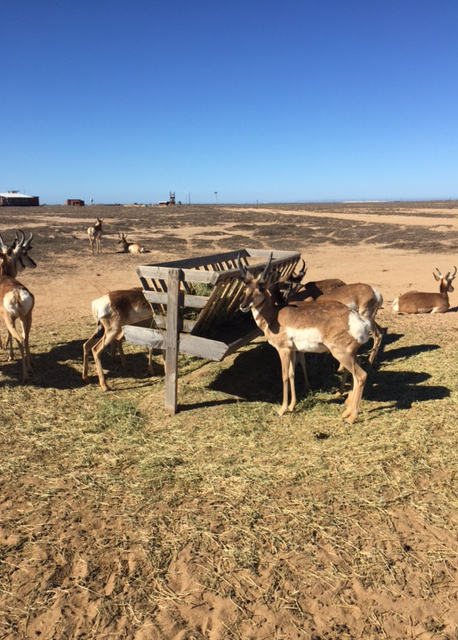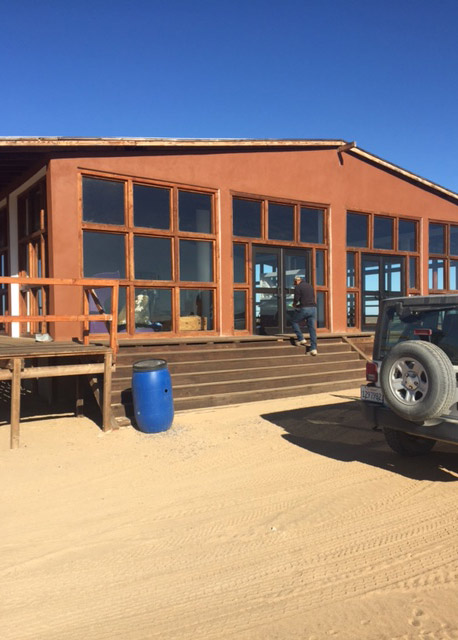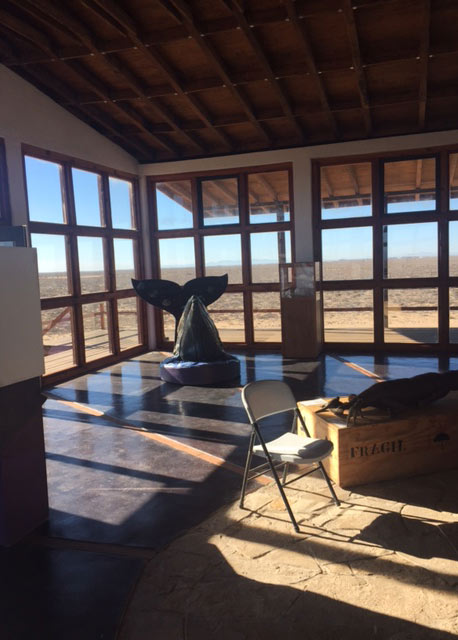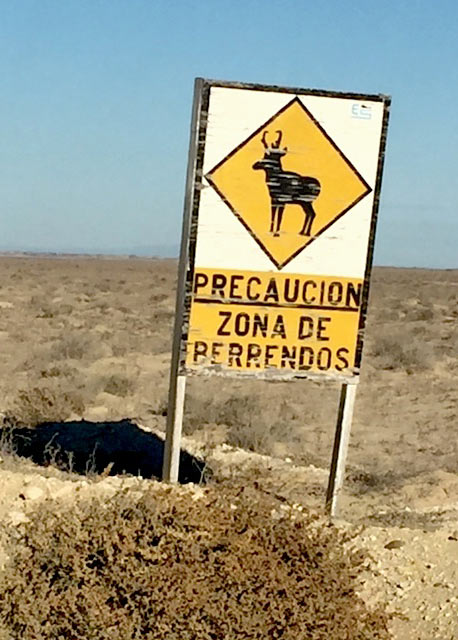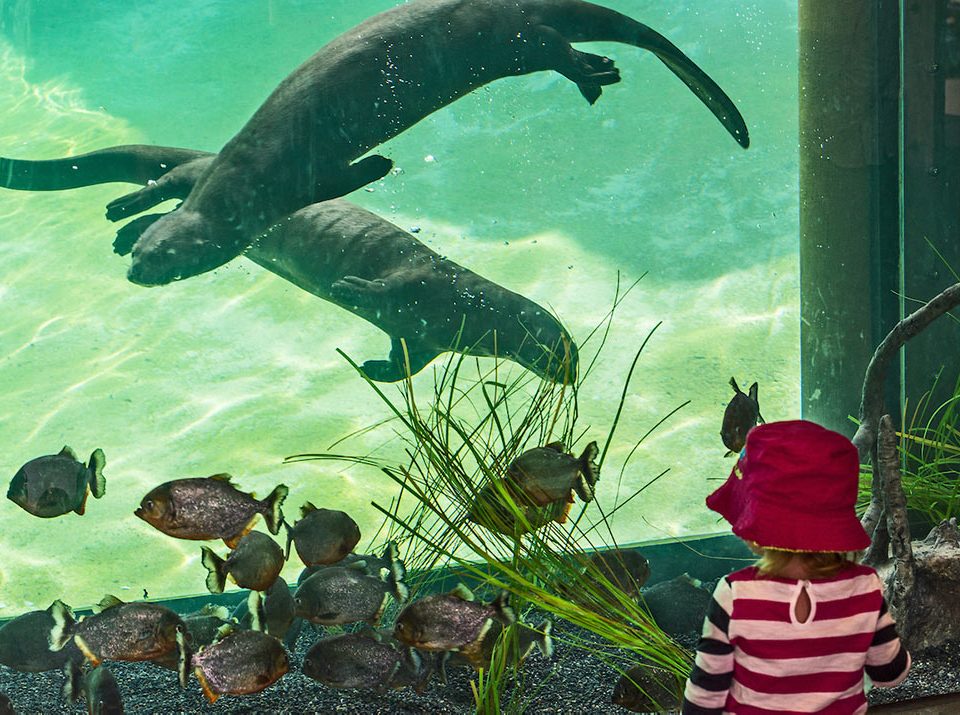“Pronghorn Project Ahead”: An Update on Vital Field Conservation in Baja California

Explore: Baja California
February 5, 2018
Zoo Update
February 5, 2018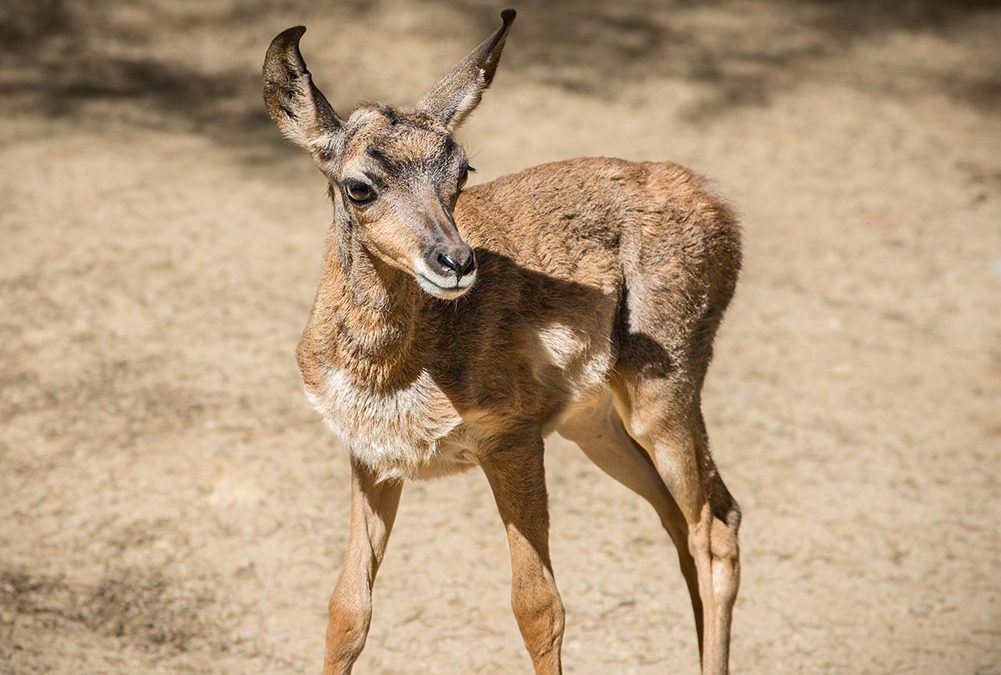
Pronghorn baby Photo by Jamie Pham
In December, I went on a road trip to Baja California to see how the Peninsular Pronghorn Recovery Project (PPRP) in Mexico is developing. The Los Angeles Zoo has been involved in this effort to save North America’s fastest land mammal since 2000. In addition to exhibiting and breeding a herd of these charismatic animals, the Zoo also offers funding to the program, which is managed by the Mexican government. Traveling from Los Angeles with Jeff Holland from the Center for the Conservation of Tropical Ungulates, we picked up San Diego Zoo Associate Curator Andy Blue and peninsular pronghorn Species Survival Plan (SSP) coordinator Melodi Tayles from San Diego before heading for the border.
They’ve started construction on a beautiful visitors’ center that will focus on all of Baja California’s biodiversity.
We were all very impressed by how much the pronghorn project has grown since our last visit. Martin Gutierrez Perea is the onsite program manager and graciously toured us through the different sites. The original location at La Choya, which is where we raised the fawns that were brought to Los Angeles, is very dry, windy, and situated way out on a salt flat, so you have to drive almost an hour to get to it. The new site has been established for about a year now, and is located just as you’re driving into the town of Guerrero Negro. They’ve started construction of a beautiful visitors’ center that will focus on all of Baja California’s biodiversity, from Tijuana south.
[The] increased public awareness is really going to help this program…
What’s great about this new location is that it’s right in town, so it can piggyback on the whale watching that’s such a huge tourist attraction in Guerrero Negro. There is even a sign on the highway that says “Pronghorn Project Ahead,” and they’ve already had about a thousand visitors. The locals all know about it, but now the tourists will be able to experience it. That increased public awareness is really going to help this program grow. They already had some pens built for the females they brought from La Choya. They were finding high fawn mortality there and the fawns weren’t getting as big. The whole Baja landscape is arid, but when you compare this new location with La Choya, it doesn’t seem all that dry. There are actually plants growing there. They’re desert plants, but it’s much more brushy and the fawns seem to be thriving, so I think this will become the main breeding site and La Choya will serve as an area for bachelor male groups. About three miles away is another captive breeding site, which is also really nice. There were actually yuccas growing out there and even more diverse plant life.
Only about 26 “free roaming” peninsular pronghorn are left in the wild.
These breeding centers are fenced in, but you can’t even see where the fence ends—some are 40-acre pens with hot wire around the bottom to keep the coyotes out. They’re building these so the pronghorn can have access to supplemental food, but the cattle can’t. At the entrance are two pillars that are just far enough apart for pronghorn to go through. They had a prototype version of this at the new site and the plan is to install them at new release locations, so they can still feed and water the pronghorn but keep cattle out.
Although the American pronghorn, found on the Great Plains, are considered a species of “Least Concern” by the International Union for the Conservation of Nature (IUCN), the desert subspecies of pronghorn (peninsular and Sonoran) have been steadily declining. Only about 26 “free roaming” peninsular pronghorn are left in the wild, but, as far as the captive population goes, counting the animals in the U.S., the numbers are up to almost 500. That’s huge.
I’m really looking forward to the future of this important program.
It is important that U.S. zoos like the Los Angeles Zoo are able to contribute to this program by exhibiting and breeding peninsular pronghorn. We are helping to sustain a “back-up” population as well as educating our visitors about this important conservation program. Melodi Tayles, who manages the Species Survival Plan (SSP) for peninsular pronghorn is working hard to find other zoos that want to get involved with this species. I am really looking forward to the future of this important program.
Support from members like you enables us to actively work toward securing a future for this at-risk species. Thank you!


